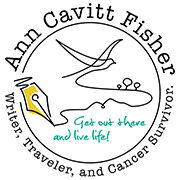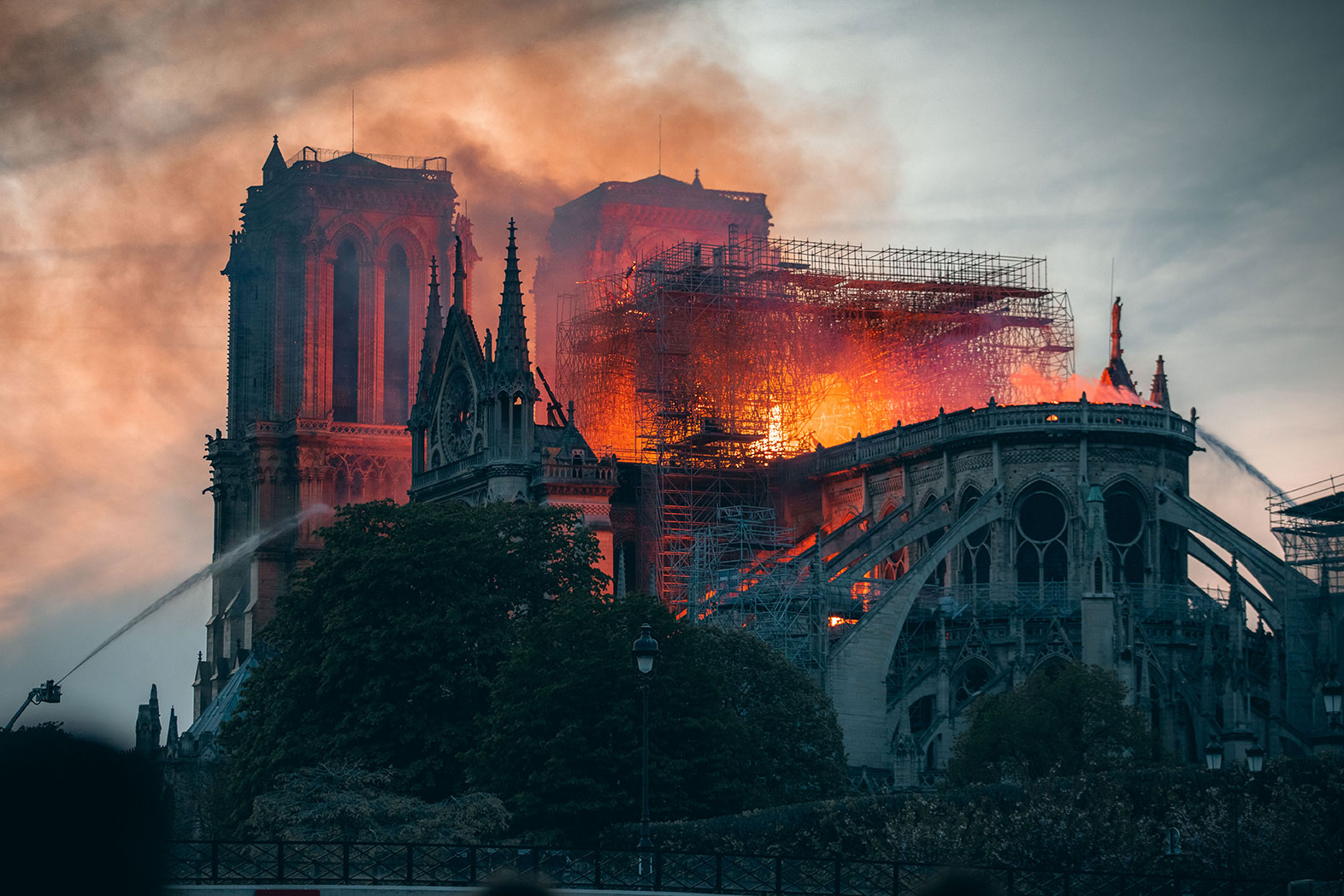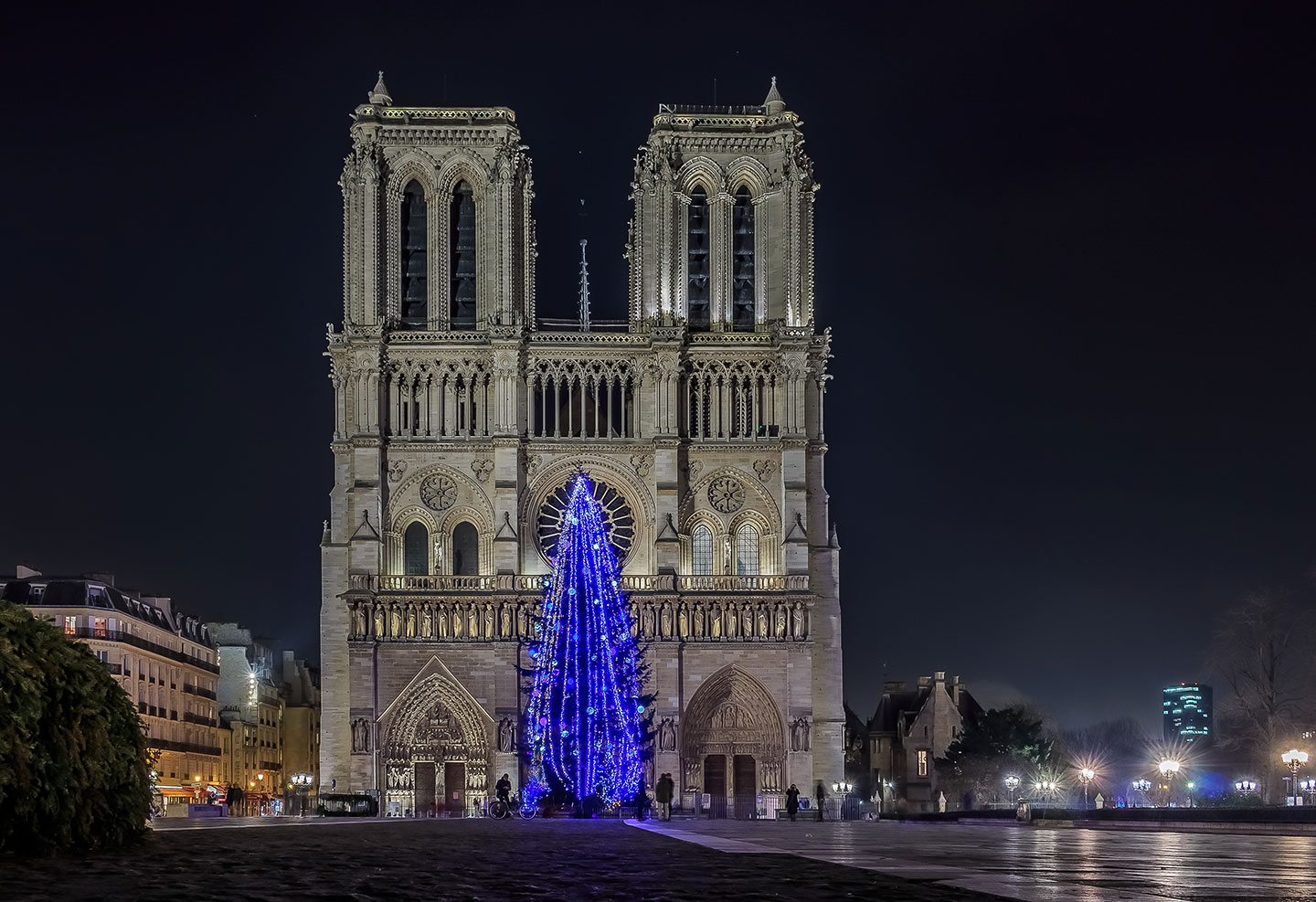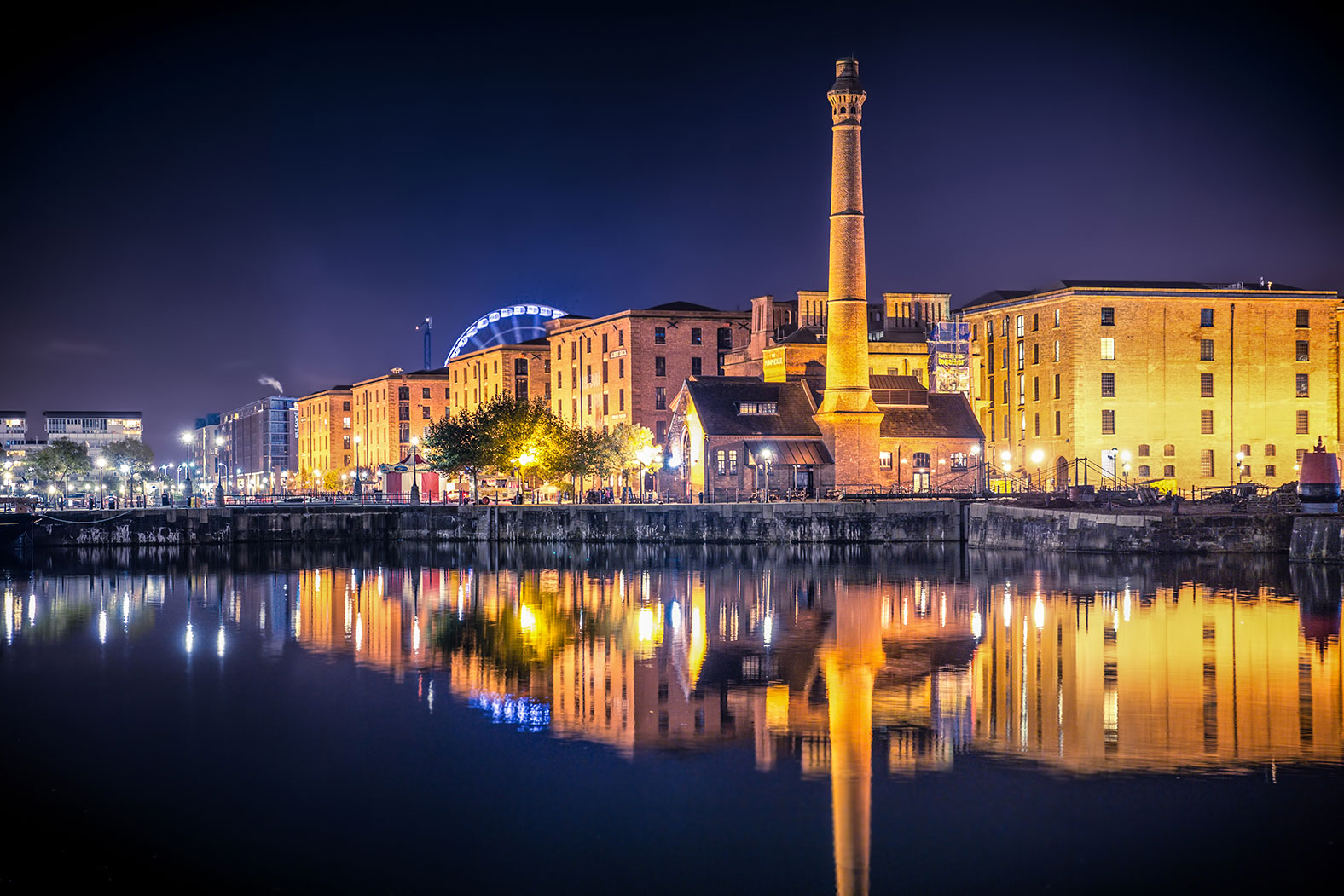History, Art, Architecture, and Edibles in the Capital of Bohemia
When I arrived in Prague in the fall of 2018, twenty-five years had passed since I’d last visited the Bohemian capital. In 1993 the city and country were still coming to grips with their independence, just after Czechoslovakia was dissolved into Slovakia and the Czech Republic on January 1st of that year. There was simultaneously a sense of possibility, fear, uncertainty, and a desire to embrace the eager capitalists flooding the country. A quarter century later, the results are clear.
As of 2018, the country had undergone a remarkable metamorphosis. The results of western commerce and trade are writ large. The quaint old capital now feels decidedly prosperous, with its Lamborghini dealerships, phone shops, nightclubs, and haute cuisine. Yes, the food is much better; there is a much wider variety, and the quality is vastly improved. But, through all the changes, Prague has managed, in my estimation, to retain its sense of self, its history, and some semblance of its identity. The classic bread dumplings and Czech goulash remain hearty and filling, and the Czech beer is as good and ubiquitous as I remembered. Vyšehrad and the Old Jewish Cemetery are as affecting as the day I first experienced them.
For me, Prague possesses a remarkable blend of history, food, and culture wrapped in an easily navigable, friendly, and inviting package.
Brief History
For many of us, the term “bohemian” has long been a pejorative term for long-haired granola-eating layabouts and hippy types. However, “Bohemia”, as a specific region in central Europe, dates back to the Holy Roman Empire and the Hapsburgs, and was/is roughly the beefy western lobe of what was once referred to as Czechoslovakia. Since the 1993 dissolution of that state, the historically Bohemian region, from the western border of the Czech Republic east to the Jihlava River, makes up the majority of today’s Czech Republic.
As a result of the breakup of the Austro-Hungarian Empire in 1918, Czechoslovakia emerged from World War I as an “independent” state. However, the Treaty of Versailles created, at best, a tenuous nation, composed of numerous cultural, ethnic, social, and political groups. In 1938, Germany rolled in Czechoslovakia and stripped it of its German-speaking regions during the run up to World War II.
After World War II, peace treaties re-established Czechoslovakia as a unified country, albeit with less territory (some of it having been annexed by the USSR). Over the years that followed, and despite being under the control of the Soviet powers, until the fall of communism in 1989, Czechoslovakia fiercely clung to some sense of its own bifurcated yet stable identity, including the establishment Czech TV and radio which broadcast in both Czech and Slovak.

Then in 1992, Czech and Slovak political leaders agreed that dissolution was in everyone’s best interest. And, thus it was that on January 1, 1993, without a shot being fired, or a public opinion poll being taken, the Czech Republic and Slovakia went their separate ways, peaceably, in a quietly seismic political event referred to as “The Velvet Divorce.”
The Food of Prague
After the Velvet Divorce, while both Slovakia and the Czech Republic have developed their own cultures, Prague is (though many will disagree with me) the center of the Czech and Slovak food universe. Which is to say, not everything comes from Prague, but, more often than not, you can find most Czech Republic food/beverage products (and many Slovakian) in a Prague shop somewhere. And, now, 25 years on from my first visit, there are a healthy number of non-Czech and non-Slovak dining options, and many vegetarian (and a good few vegan) choices as well. So, for foodies, Prague is most definitely the place to go to satisfy your cravings.
One of the first things that strikes you in many Czech pubs and restaurants is the sight of stark white bread dumplings swimming decadently in pools of dark beef gravy with islands of juicy shredded meat, accented with the occasional bright red rings of spicy peppers (chiles). This warm and flavorful dish is the Czech version of goulash (often called Pilsen goulash). Czechs serve this warm, filling dish year-round, and is best accompanied by a mug of smooth beer (light or dark).
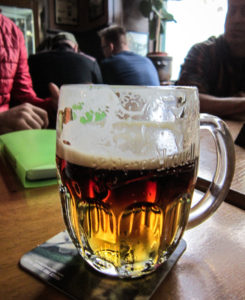
Draft aficionados revere the world-renowned Czech beers. In fact, even Budvar (the original Budweiser) is quite drinkable here. Interestingly, one of the most notable changes from my first visit is the prevalence of marketing, particularly for my favorite brew.
In 1993, I visited an American friend who still calls Prague his home today. He introduced me to “Velkopopovický,” which he roughly translated as “beer of the goat”. It was so good that, after all these years, it persists as my standard for a smooth, flavorful lager. Imagine my surprise when I saw the pub across from our AirBnB proudly displaying a sign for “Velkopopovický Kozel“ (or simply “Kozel” as it’s now known), complete with a big friendly goat on the sign. These days the Kozel brand encompasses a range of beers, including a full-bodied dark beer, which is also popular, and is occasionally mixed with the lighter beer to create a photogenic two-toned mug.
My other fond alcoholic memory of 1993 is my first taste of Becherovka, a strong, anise-flavored Czech liquor people drink in small shot glasses at the end of a meal, or at the end of the night in a pub. Available in shops and duty free stores, Becherovka is kind of a touristy indulgence, but worth trying. As many of the sets come with decorative shot glasses, it also makes a nice, easily sourced, gift.

As Prague and the Czech Republic’s fortunes have changed, the country has gotten much “busier,” and more popular, attracting a robust tourist industry (even by my jaded Dublin standards). In an effort to unpack all of the mysteries and confusion over what is “traditional” versus touristy hype, we signed up for a half-day excursion with “Secret Food Tours: Prague”. This proved to be a useful early trip expenditure, as it gave us a baseline understanding of the local food culture.
Our tour began at a small Saturday market in Malostranské náměstí (Malostranské Square) in Malá Strana. Here we sampled the traditional local strudel, available in savory (sweet potato, spinach, and creme cheese), and sweet (apple and poppy seed) flavors, as well as a few combinations.
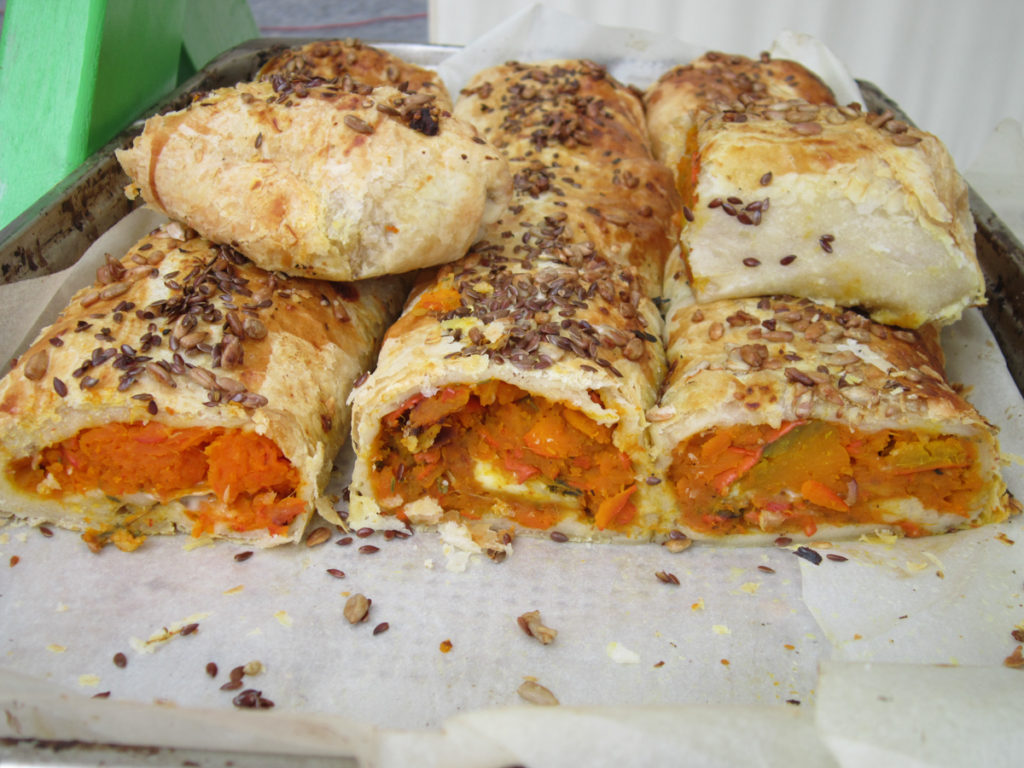
The tour also introduced us to the Prague’s crispy golden potato pancakes, a local gingerbread shop, Pilsen goulash, Kulajda (a traditional Czech soup made with potato and dill), and a local gelateria. The only thing it didn’t cover was the excellent local coffee. But, we found our own way to the local coffee and cake shops, and frequently treated ourselves to an afternoon Americano and a slice of something sweet.
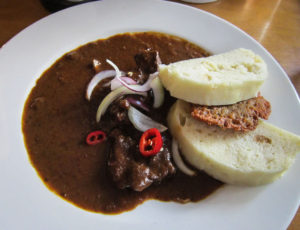
Art & Architecture
Walking the winding streets of Prague’s Old Town and ogling the ornately sculpted buildings in even the most ordinary of neighborhoods fills you with a sense of history, creativity, energy, and potential. It’s hard not to have a sense of “things have happened, and, by extension are still happening, here (revolution, creative struggle, defeat, modest success, triumph, disaster, and atrocities in equal measure). From Prague Castle looming over the town to the quietly moving requiem for the dead that is Vyšehrad Cemetery, Prague’s art, architecture, and museums are a study in contrasts and extremes. Bold outdoor sculptures take center stage, while the old masters quietly wait their turn and don’t disappoint.
The best thing about Prague Castle may be the walk back down to river level. The castle towers majestically above Malá Strana (“Lesser Town” or “Little Side”) on the western side of the Vltava, the river that winds through downtown Prague. But the castle has more of a fairy tale nature about it rather than casting a dark ominous shadow. That is until you begin climbing the seemingly endless staircase up to the entrance (You can take the 22 tram or other easy transport up and around). That said, the towering giants standing watch over the gate are a quite stunning, and almost make the climb worthwhile once you get there.

While the castle is home to a number of museums, galleries and exhibits on Czech and Bohemian history and heraldry, the acknowledged centerpiece and “must see” attraction of any visit to Prague Castle is St. Vitus Cathedral, a mixed Gothic and Neo-Gothic masterpiece built by Holy Roman Emperor Charles IV, beginning in 1344. It houses numerous treasures, relics, and the remains of St. Wenceslaus. According to the Guinness World Book, the castle grounds are the “largest ancient castle in the world”, And as such, many visitors enlist a guide to show them around and help extract the most from their visit.
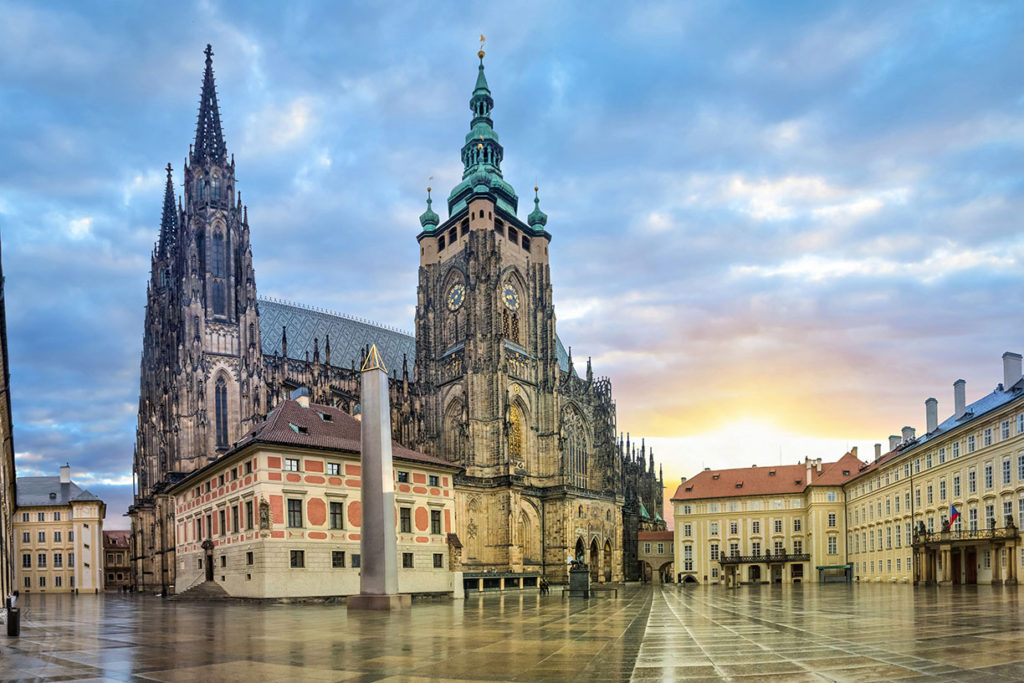
But whether on your own, or as part of a tour, give yourself at least two hours to fully enjoy the treasure hidden in Prague Castle. Then, later, on the walk down from the calve, it’s lovely to sit and reward yourself (for the initial climb) by enjoying a coffee (and perhaps a dessert) at one of the terrace cafes overlooking the rest of Prague.
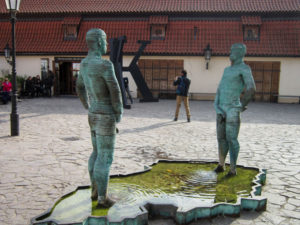
Back in Mala Strana the Franz Kafka Museum (at Cihelná 635/2b, 118 00 Malá Strana, Czechia), is a must visit, for literary buffs. But the museum is probably best known for its proximity to Prague’s most juvenile art attraction.
In the square directly in front of the Franz Kafka Museum sits ‘Piss’, Czech sculptor David Černý’s mechanized bronze sculpture of two men urinating into a pool of water shaped like a map of the Czech Republic. All kidding and politics aside, it’s actually an excellent sculpture, which, amusingly, seems to be perpetually surrounded by a crowd of snickering adults taking pictures.
Pro Tips:
1. In the same square (directly) opposite of the Kafka Museum) sits Perníkový panáček, a small gingerbread shop selling all manner of tasty creations in handy gift packs, and quick snack portions.

2. Later, when departing Prague Castle and Mala Strana for Old Town and parts east of the river, it’s an easy stroll to the ornate Charles Bridge and its numerous sculptures and lampposts. The walk is lovely at night (under the gas lamps). But it can be crowded then, so returning from a day trip to the castle can also be a good way to appreciate (and photograph) the sculptures in good light.

3. While I tell everyone to visit Prague Castle (and mean it), when I want a quietly moving museum experience, I head for the Dvořák Museum. You’ll find this modest museum south and east along the river (at Ke Karlovu 20, 120 00 Prague 2). First opened in 1932, the museum houses a unique collection of artifacts from the composer’s personal life, as well as autographed copies of his scores, representing nearly 80% of his surviving works. The museum has listening stations, sells CDs, and also organizes discussions and concerts. For music lovers and those who fancy strolling through a lesser-known corner of Prague, the Dvořák Museum is a terrific way to while away an hour or so.
Vyšehrad Vow
At the end of every trip to Prague, I’ve made a solemn vow that I will once again return to Vyšehrad Cemetery, set on a bluff overlooking the Vltava River south of Old Town — even if it takes decades. I’m not sure what it is about this place of quiet reflection, but it owns a piece of my heart. Perhaps it’s the immensely creative sculptural monuments to Prague, Bohemia, and the Czech Republic’s most notable citizens. Or it may be the specific people interred here. These include Dvořák, Kafka, and Karl Capek (one of my favorite Czech authors).

More than one person has told me that the Czech people have a particular fondness for, and skill in designing, monuments for the dead. Vyšehrad is said to hold the pinnacle of this creative bent. And whether this is true or not, the one gravestone that takes my breath away every time is the “twin’s grave”. Set in the middle of a nondescript row is a monument (as the story was told to me) to a brother and sister. The memorial depicts a very young boy with a protective and comforting arm draped around his younger sister. Weathered and beaten, the headstone is so quietly powerful and such a moving tribute, that it inspires me as an artist and reminds me of the importance of never forgetting those who’ve came before us.
Old Jewish Cemetery
As moving as Vyšehrad may be, Prague’s Jewish Cemetery across town matches its ability to affect me. This solemn monument to man’s inhumanity to man took my breath away back in 1993, and, I must admit that I returned with a mixture of reluctance and excitement at being able to share its impact with my wife. Now, older, better traveled, and more aware of the atrocities inflicted before and during WWII, I found the Jewish Cemetery a much more refined experience than it was twenty-five years earlier, when Prague was first showing itself to the world.
Today, the entrance is through a well-designed and thoughtfully curated museum with exhibits and information about Prague’s Jewish history and population. This gives visitors a sense of what’s to come in the cemetery proper. The walls of the museum’s lower gallery are particularly moving. They’re filled with the family names of Holocaust victims from the land that is now the Czech Republic. The list is not individuals, just family names, but still fills walls from floor to ceiling in several rooms. The staggering loss really hits home when you realize that each family name may represent 5 or 6 individual victims.
Throughout much of its history, Prague restricted its Jewish population to the Josefov district on the edge of Old Town; as a result, they had little room to bury their dead. While the Old Jewish Cemetery is not Prague’s first Jewish cemetery, it is the oldest still surviving, with burials dating back to the early 15th Century, and more than 100,000 bodies buried beneath some 12,000 headstones. Do the math on that and you’ll begin to realize that, given the community’s space restrictions, people are entombed here one atop another (up to 12 deep). Throughout its history, and despite the Jewish community’s questionable treatment, Prague has been a hub of Jewish scholarship; as a result, some of their towering intellectual figures are buried here.
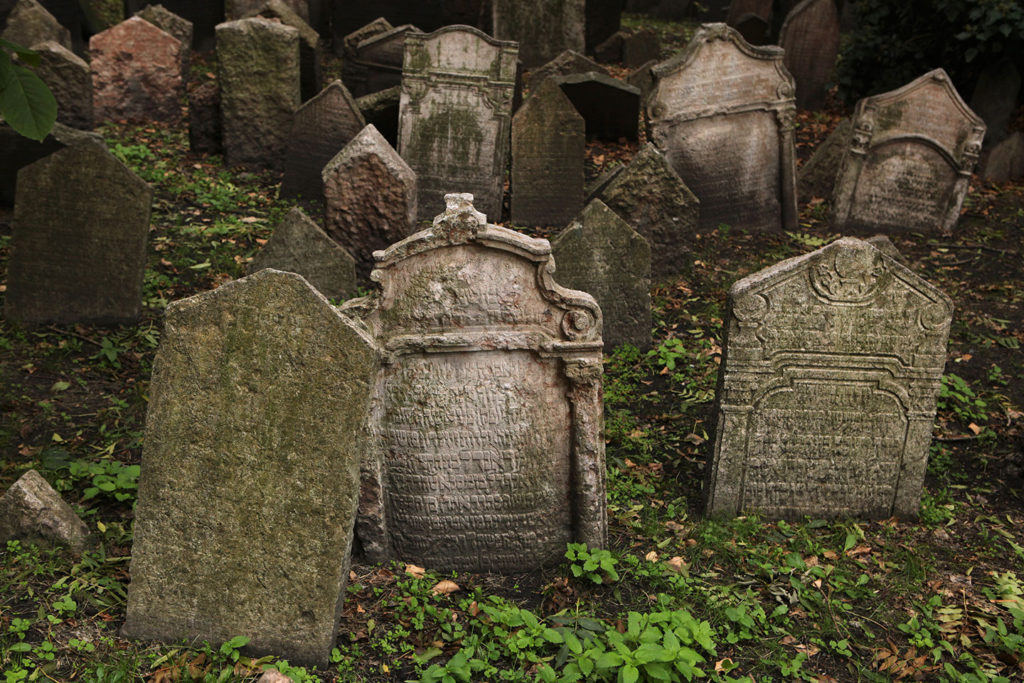
After taking in the museum, visitors enter the graveyard through a modest doorway that leads onto a rough flagstone path. The burial plots, such as they are, have a gentle, pleasing roll to them. But as you walk the wandering path amongst them, it begins to dawn on you that the “gentle rolling” is the result of one grave being buried atop another, and the mass of headstones takes the form of a kind of cruelly neglectful and ghettoized human storage depot. Thus, as sad as it is, Prague’s Old Jewish Cemetery, has been added to my list of reasons to return to this city. This too must not be forgotten.
At this point it may seem that Prague is all relics and cemeteries (and food/beer), yet there is still one more somber memorial that should not be missed when visiting Prague.
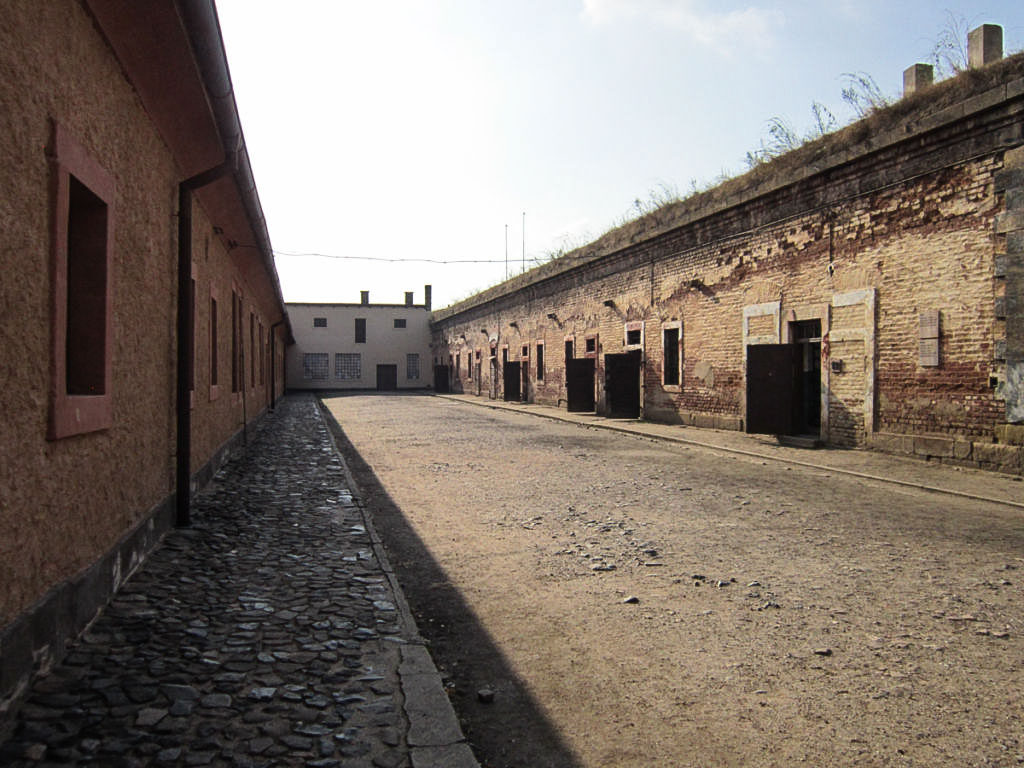
Terezin (Theresienstadt)
As affecting as the entire Jewish Quarter is, Terezin (Theresienstadt) is one of the darkest reminders of Czech history. The camp sits about an hour’s ride outside Prague, and is best visited, for travel convenience, and depth/complexity of information, as part of a tour. Our Terezin tour (booked through Viatour) departed, as many do, from a ticket kiosk just a few meters from the tram stop at Náměstí Republiky (Republic Square) in central Prague.
While it served as a ghetto, concentration camp, transportation depot, and a prison for political dissidents, mercifully Terezin was not an extermination camp. That said, thousands died and were cremated in the camp’s large commercial incinerators; after which their remains were callously discarded. And although many of the camp’s prisoners entered “voluntarily” (having been convinced by a slick marketing campaign that the camp was actually a kind of ideal Jewish getaway spa), the camp conditions were appalling, as exhibited by the carefully preserved bunks, “hygiene facilities,” and the personal effects displayed in the camp’s museum section.
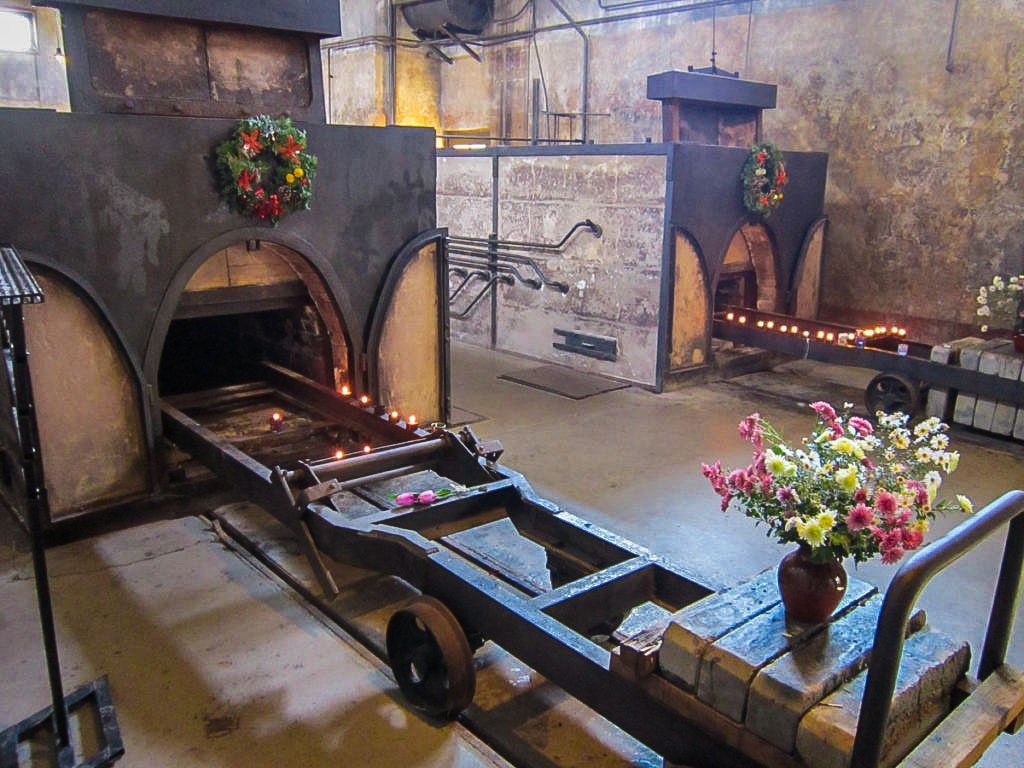
Despite the hardships the victims went through, our trip to Terezin also cast light on the amazing strength and resilience of the human spirit. For it was in the subversive letters, fictional stories, paintings, and the incredible visual art that was created under these conditions that moved me most. Walking through room after room of beauty and nuance created amidst the brutality and evil ignited, at least for me, an ember of hope. And, I think, through it all, it is that glimmer of hope and relief shining through all of the Czech Republic’s dark history of conquest and turmoil that I manage to take away on each visit.
Wrap-up
Ultimately, Prague is a beautiful, complex city. It has long been, and continues to be, an inspiration to great and enduring endeavors in art, music, and human interaction. From Kafka to Kozel, dumplings to Dvořák, and from the quiet subtlety of Vyšehrad to the brutality of Terezin, Prague promises a glimpse at a dark and enigmatic past, yet surprisingly delivers a promise of hope. I know I’ll go back, and I’ll measure my progress in the intervening years against the changes (or lack thereof) in this captivating city.
There & Away
With direct and connecting flights from major U.S. cities, and most European hubs, visitors can easily reach Prague. The city offers an easily navigated airport and convenient bus service into and out of town. Visitors will also easily be able arrange train service to/from other European destinations. While train fares are reasonable, they are subject to seasonal price swings. Be aware that, like Dublin (my home), Prague is a popular destination for “hen and stag” (bachelor and bachelorette) parties. So, as the weather turns warmer, this perpetually busy/touristy destination (particularly in and around the Old Town and New Town quarters) can get quite crowded.
Finally, travelers will find the public transit system in Prague extensive, easily navigated, quite good, and heavily subsidized (inexpensive), so I don’t recommend renting a car.
Enjoy, and safe travels.
 Glenn Kaufmann is a freelance travel, food, and film journalist based in Dublin, Ireland. As a child of the American South, he has a weakness for buttermilk biscuits. As an escapee from Los Angeles, he has a love for seeing beaches and deserts in the same day. And, now, in Ireland, he’s developed a fondness for whiskey (and a collection to match).
Glenn Kaufmann is a freelance travel, food, and film journalist based in Dublin, Ireland. As a child of the American South, he has a weakness for buttermilk biscuits. As an escapee from Los Angeles, he has a love for seeing beaches and deserts in the same day. And, now, in Ireland, he’s developed a fondness for whiskey (and a collection to match).
SOURCES:
https://news.expats.cz/czech-culture/split-of-czechoslovakia/
https://www.britannica.com/place/Bohemia
https://www.atlasobscura.com/places/old-Jewish-cemetery-1
https://tech2.org/hungary/saint-adalbert-received-a-new-sculpture-in-st-vitus-cathedral-in-prague/
